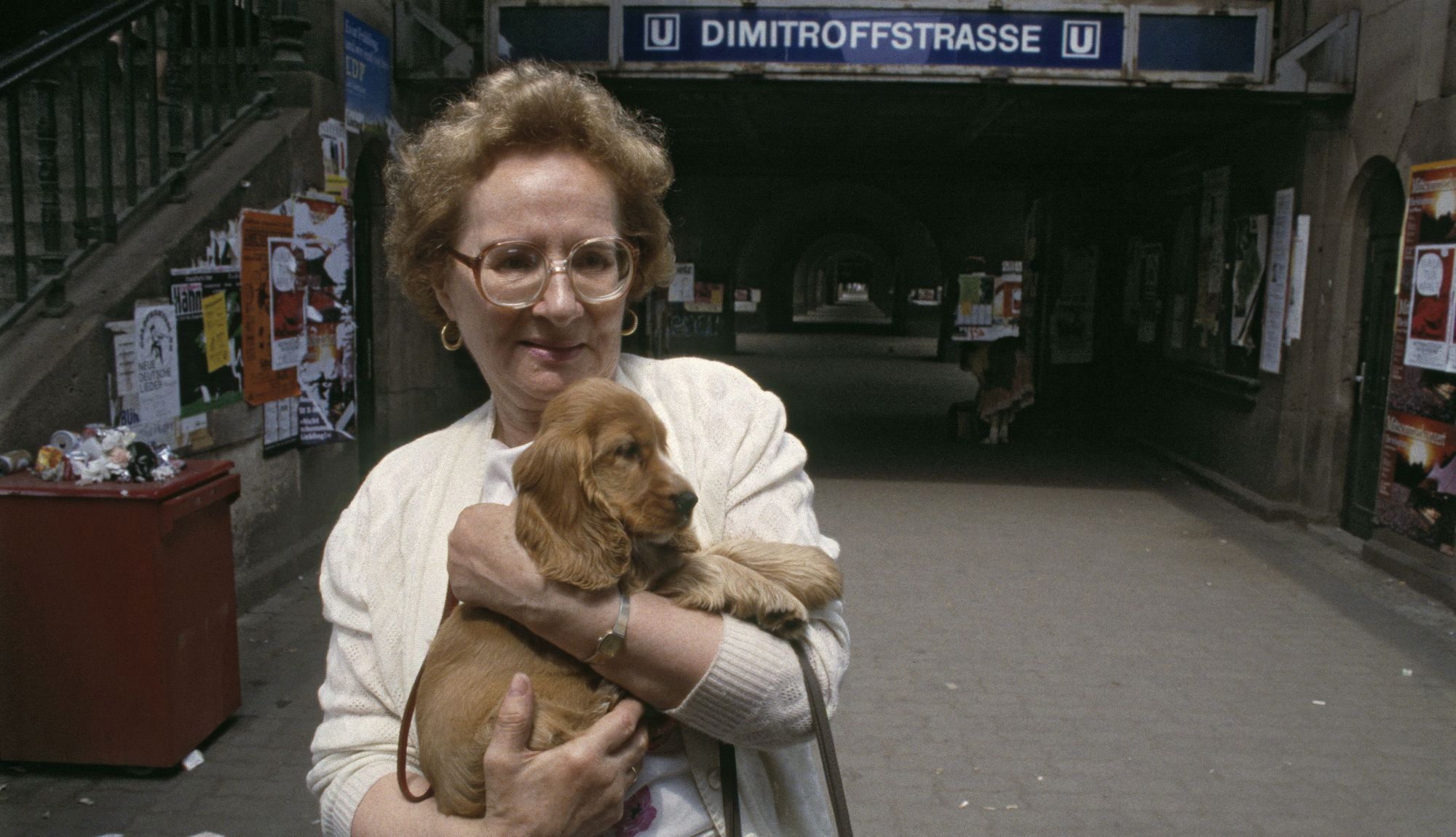
It is 1990 in East Berlin, a period of change between the fall of the Berlin Wall and reunification marked by many contradictions. The Swiss photographer Nelly Rau-Häring captures the special athmosphere of this transitional period in her photos.
After the borders open in November 1989, people are able to travel freely: From East to West and vice versa. There are still two German states, but everyday life is changing. New meets the old on the streets of Berlin: The snack bar serves döner kebab and as well as coffee in typical Rationell dishes from the GDR. Trabbis are parked in the streets and colorful posters advertise Western brands. Restaurants and shops are closing, empty shops and bars dominate the streetscape. Just a few metres away, street venders sell new products.
The introduction of the D-Mark on 1 July 1990 promises a new beginning and crowds queue up for the new currency. At the same time, many shelves remain empty in the days before the conversion, as Western goods are supposed tho replace Eastern products. This period between the fall of the wall and reunification on 3 October 1990 is marked by many contradictions.
Nelly Rau-Häring moves to West Berlin at the age of 18 in 1965 and begins taking photographs of the divided city - in the East and in the West. In 1990 she travels frequently to East Berlin and captures fleeting street scenes with her 35mm camera. She has a keen sense for expressive images whose complexity often only becomes visible at second glance. Her primary interest is in people, but her snapshots also offer a glimpse into a time when events were riddled with inconsistencies.
Insights
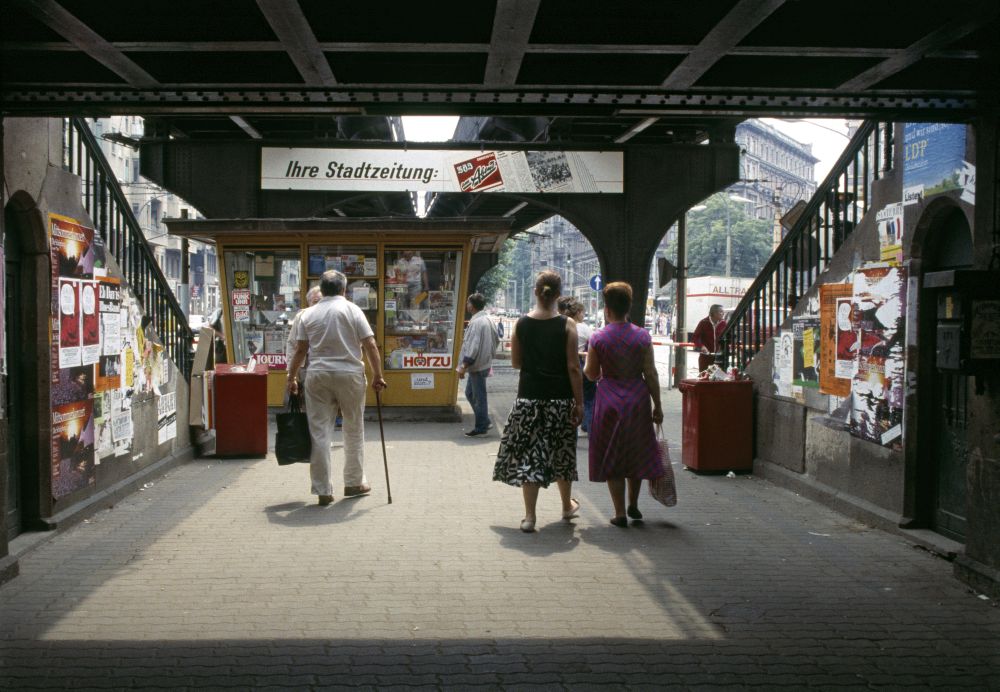
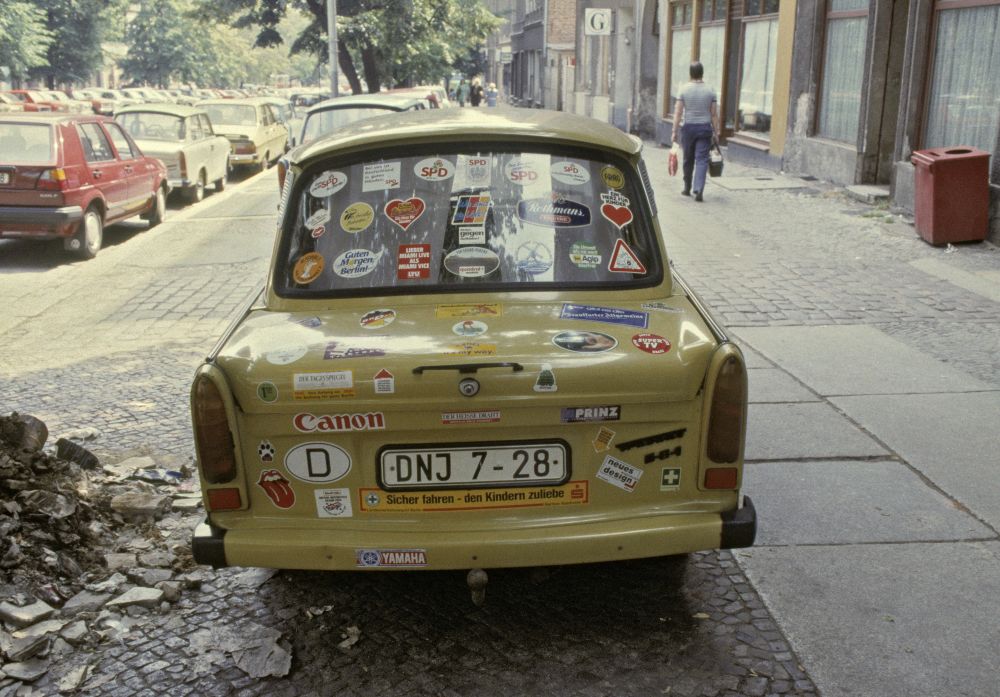
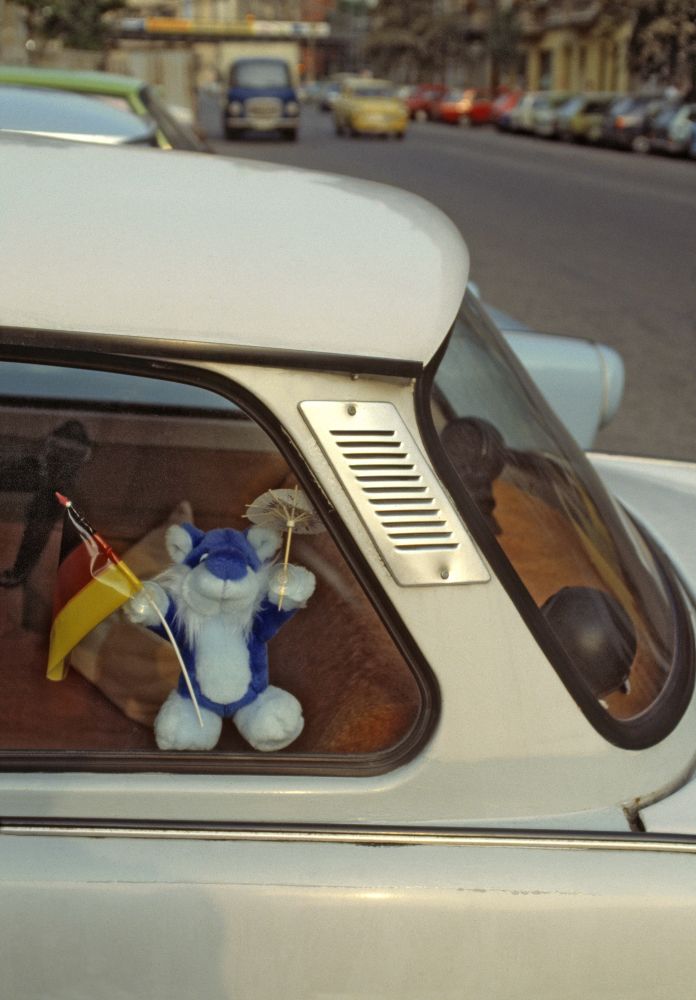
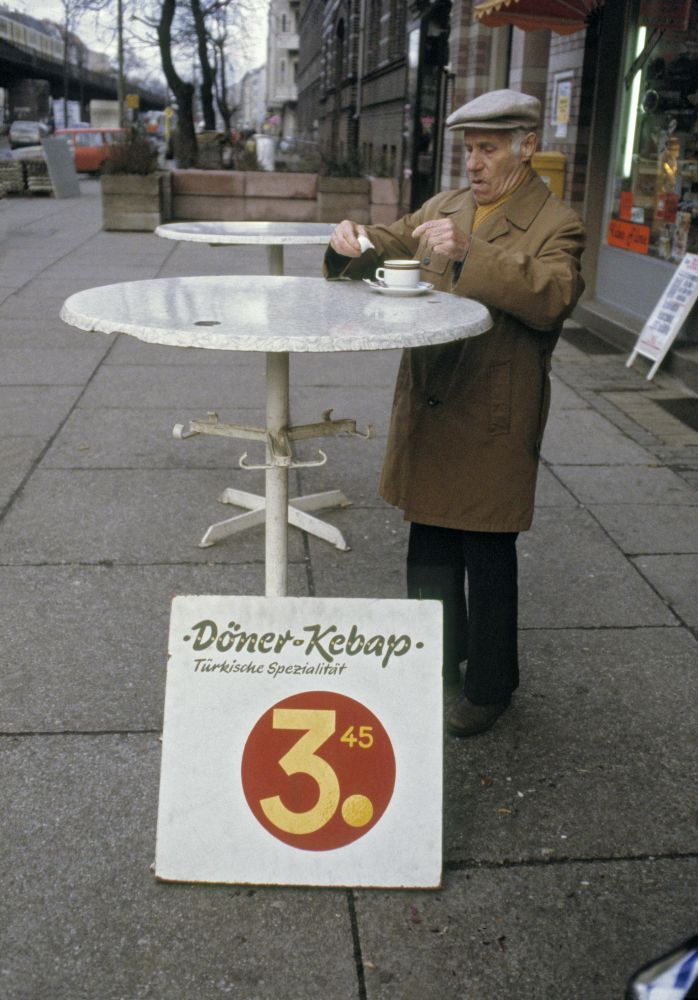
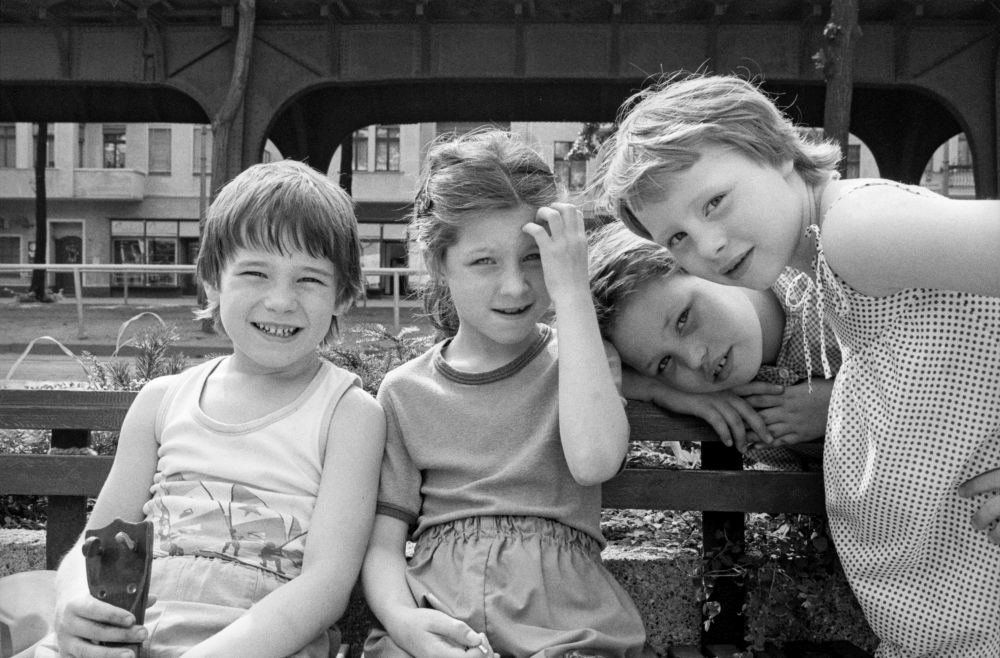
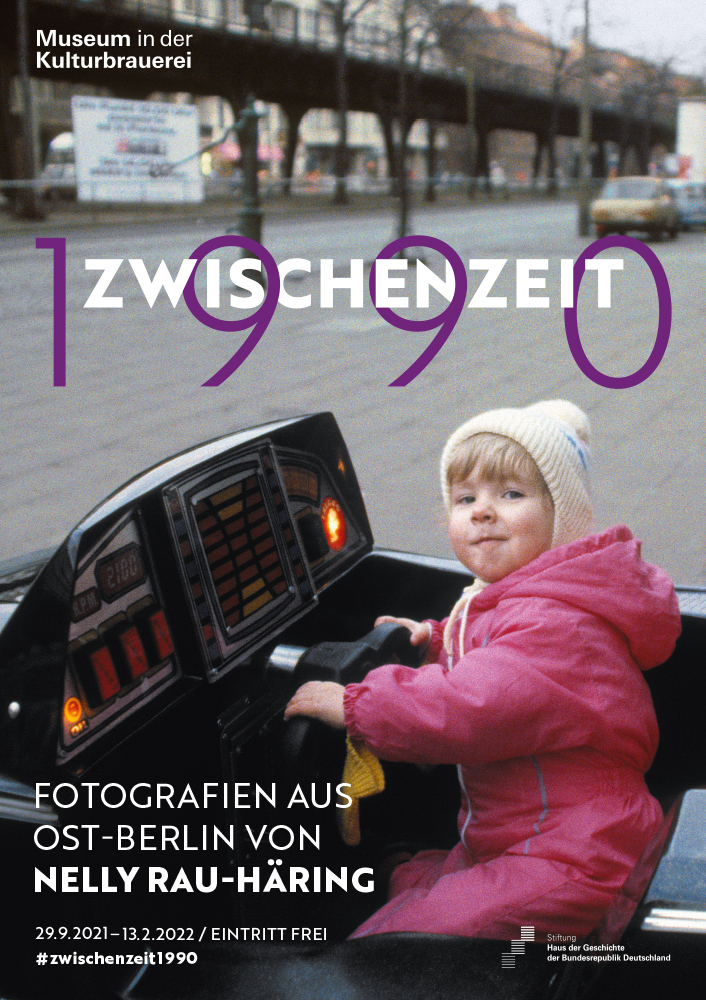
Guided Tours
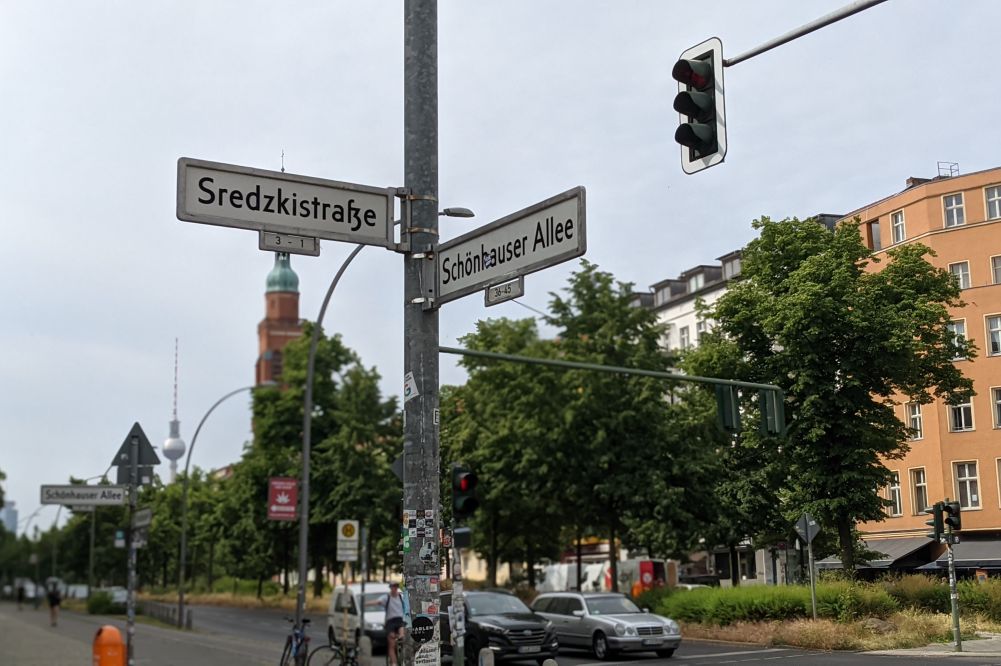
District Walks
Nelly Rau-Häring prefers to photograph everyday subjects. Many photos capture street scenes, including the area around Museum in der Kulturbrauerei.
How has the city changed since 1990? Come along on a search for clues on the museum's neighborhood walks. You can book an appointment through the visitor service.